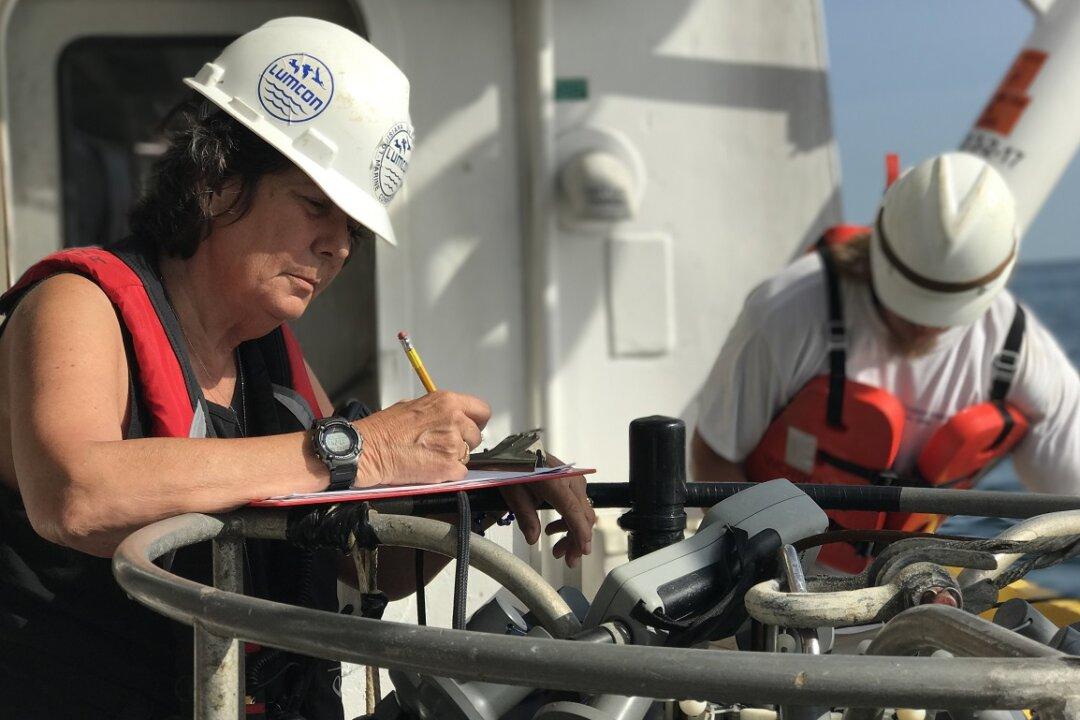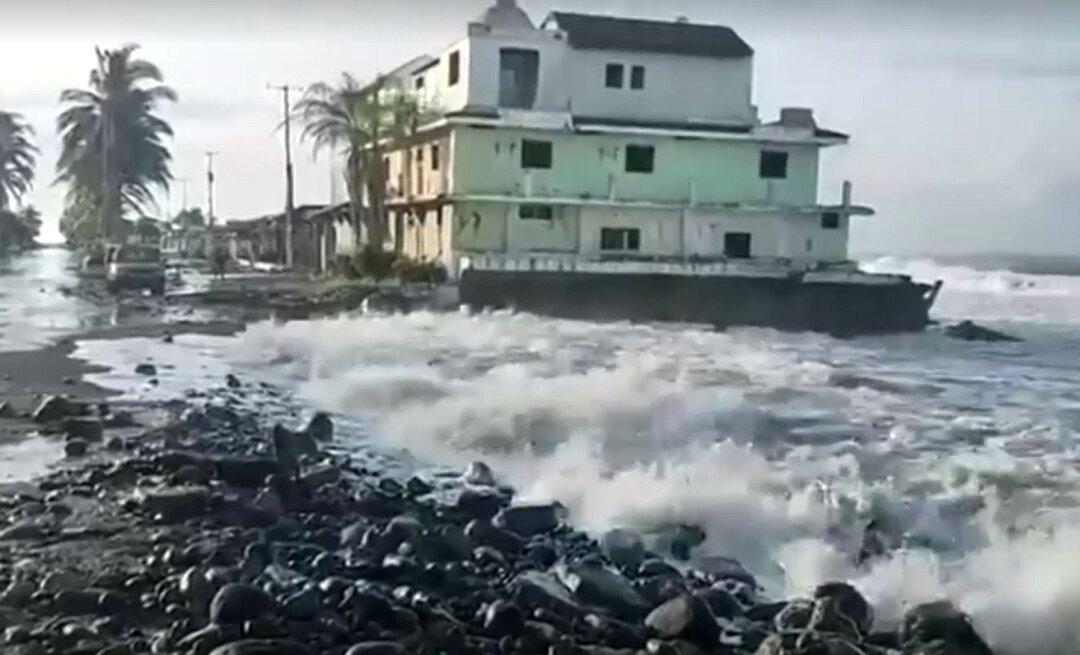The Gulf of Mexico could see one of its largest dead zones on record this summer, according to researchers.
A “dead zone” is known in scientific literature as hypoxia, which means low oxygen. This water, with its low concentration of dissolved oxygen, can no longer support the life that calls that part of the ocean home. For decades, researchers have tracked exactly how big the annually recurring dead zone in the Gulf of Mexico will be.




